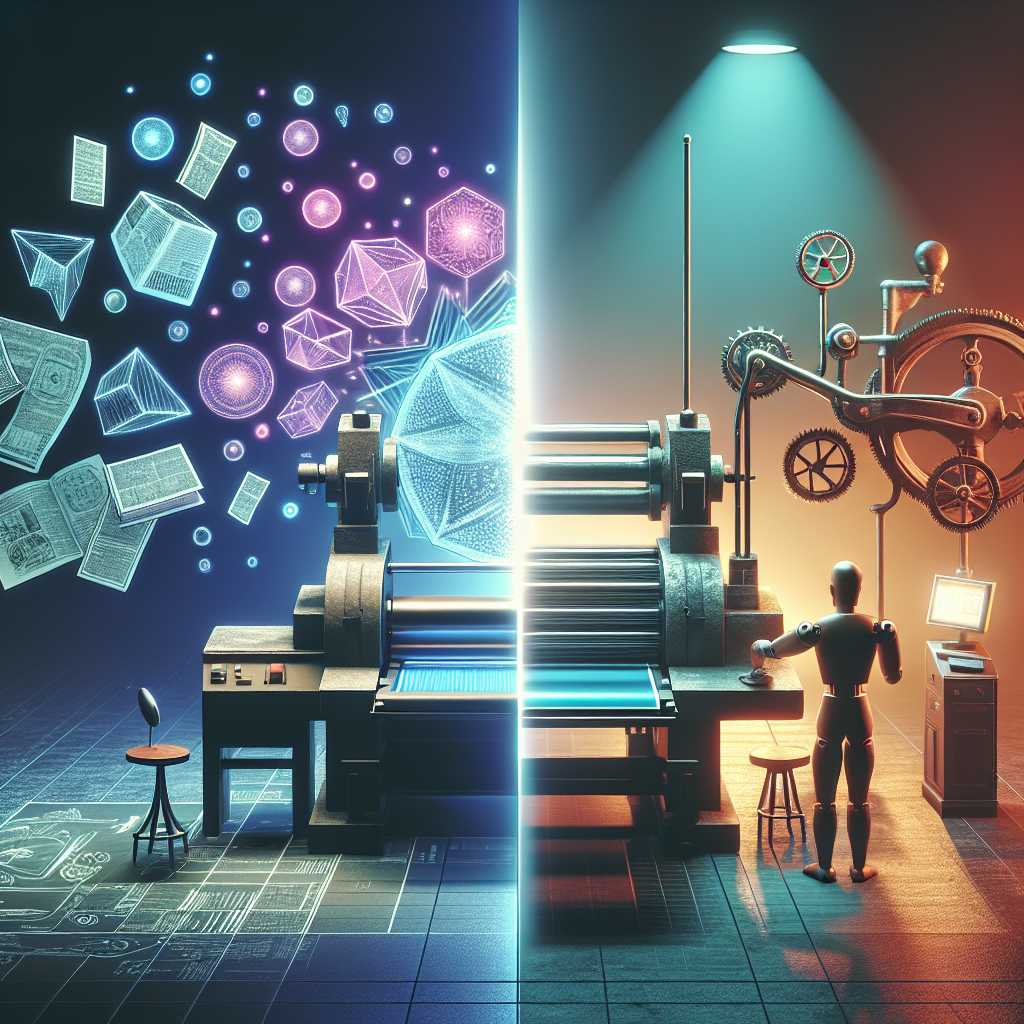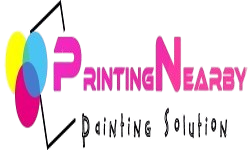
How Does UV Printing Technology Differ from Traditional Printing Methods?
Have you ever wondered how certain products have such vibrant and durable colors on their packaging, labels, or promotional materials? Thanks to UV printing technology, it is now possible to achieve stunning and long-lasting prints without breaking the budget. But what exactly is UV printing and how does it differ from traditional printing methods? In this article, we will explore the ins and outs of UV printing and compare it with the more commonly used traditional methods.
The Basics of UV Printing
UV printing, also known as ultraviolet printing, is a digital printing technique that uses ultraviolet light to instantly cure or dry the ink as it is being applied to the substrate. Unlike traditional printing methods, which rely on solvent-based or water-based inks, UV printing uses a specialized ink that dries immediately when exposed to UV light. This allows for a faster and more efficient printing process, with little to no drying time required.
The UV Printing Process
The first step in UV printing is to create the design or artwork digitally using specialized software. The design is then printed onto a special transfer film or plate using a digital printer equipped with UV light. As the design is being printed, the UV light instantly cures the ink, creating a stable and durable print on the film or plate. The next step involves transferring the design onto the desired substrate, which could be anything from paper, cardboard, plastic, metal, to even wood or glass. The substrate is then passed under UV lights again, where the ink is cured and adhered to the surface, creating a vibrant and long-lasting print.
Benefits of UV Printing
UV printing offers several advantages over traditional printing methods, making it a popular choice for many businesses. Here are some of the top benefits of UV printing:
1. Vibrant Colors
Since UV printing uses specialized UV ink, the colors produced are brighter and more vivid compared to traditional printing methods. The inks also have a wider color gamut, meaning that they can reproduce a broader range of colors accurately.
2. Fast Turnaround Time
Due to the instant curing process, UV printing is significantly faster than traditional methods. The ink dries immediately, allowing for faster job completion and faster turnaround times for clients.
3. Durable Prints
With UV printing, the ink is cured and adhered to the surface of the substrate, creating a more durable and long-lasting print. The UV ink is also scratch and water-resistant, making it suitable for a wide range of products.
4. Eco-Friendly
UV printing is considered to be more eco-friendly compared to traditional printing methods as it produces less volatile organic compounds (VOCs). This makes it a more environmentally friendly option for businesses who prioritize sustainability.
5. Cost-Effective
Although the initial cost of UV printing equipment may be higher compared to traditional methods, it offers significant cost savings in the long run. The fast turnaround time, durability of prints, and lack of drying time all contribute to reducing production costs.
The Downsides of UV Printing
While UV printing has its advantages, there are a few downsides to consider as well. One major drawback of UV printing is the initial investment required. UV printers and inks can be more expensive than traditional equipment and can require specialized training for operation. Additionally, while UV printing can be used on a wide range of substrates, it may not be suitable for all materials, such as heat-sensitive or textured materials.
Comparison with Traditional Printing Methods
Traditional printing methods, such as offset or flexographic printing, use solvent-based or water-based inks. These inks are typically left to air dry or are cured using heat, which can be a time-consuming process. The dried ink is then transferred onto the substrate, resulting in a less vibrant and less durable print compared to UV printing.
Drying Time
One of the biggest differences between UV printing and traditional printing methods is the drying time. Traditional methods can take anywhere from a few hours to a few days for the ink to dry completely, depending on the type of ink used. UV printing, on the other hand, requires no drying time at all, resulting in a much faster turnaround time.
Ink Adhesion
Since UV ink is instantly cured and adhered to the surface of the substrate, it produces a more durable and long-lasting print compared to traditional methods. The ink dries quickly, reducing the risk of smudging or rubbing off.
Cost
While traditional methods may have a lower initial investment cost, in the long run, UV printing proves to be more cost-effective due to its efficiency, shorter turnaround times, and durability of prints.
Color Reproduction
Traditional printing methods may not always offer the same level of color reproduction and vibrancy as UV printing. The curing process of UV printing allows for a wider color gamut and more accurate color reproduction, making it ideal for printing high-quality images and designs.
Frequently Asked Questions
Q: Is UV printing suitable for all materials?
A: While UV printing can be used on a wide range of substrates, it may not be suitable for all materials, such as heat-sensitive or textured materials.
Q: Is UV printing a more expensive option compared to traditional methods?
A: While the initial investment cost for UV printing equipment may be higher, it can result in significant cost savings in the long run due to faster production times and more durable prints.
Q: Is UV printing more environmentally friendly compared to traditional methods?
A: Yes, UV printing is considered to be more eco-friendly as it produces less volatile organic compounds (VOCs) compared to traditional methods.
In Conclusion
UV printing is a game-changer in the industry, offering vibrant colors, fast turnaround times, durability, and eco-friendliness. While traditional printing methods still have their place, UV printing has certainly revolutionized the way prints are produced. Its advantages far outweigh the downsides, making it a preferred choice for many businesses. As technology continues to advance, we can only expect to see further improvements and innovations in the world of UV printing.
